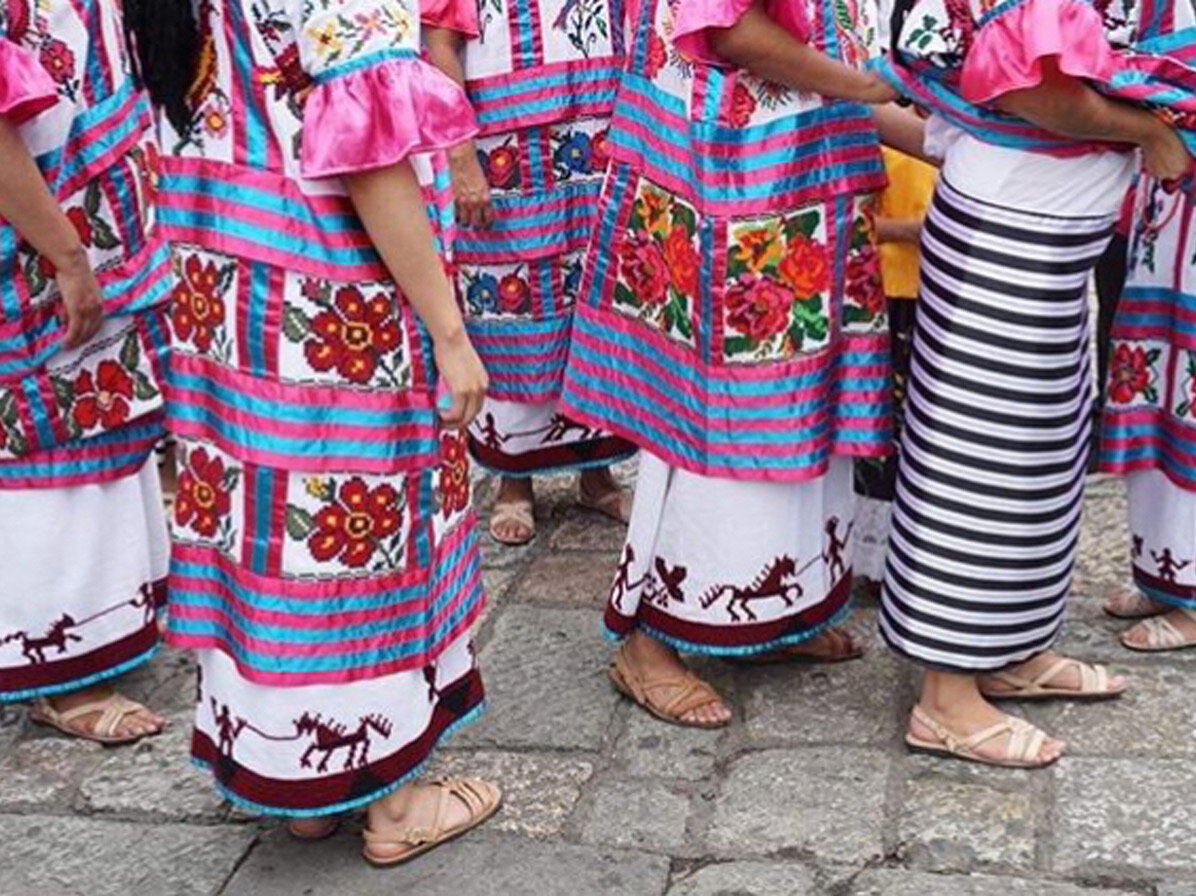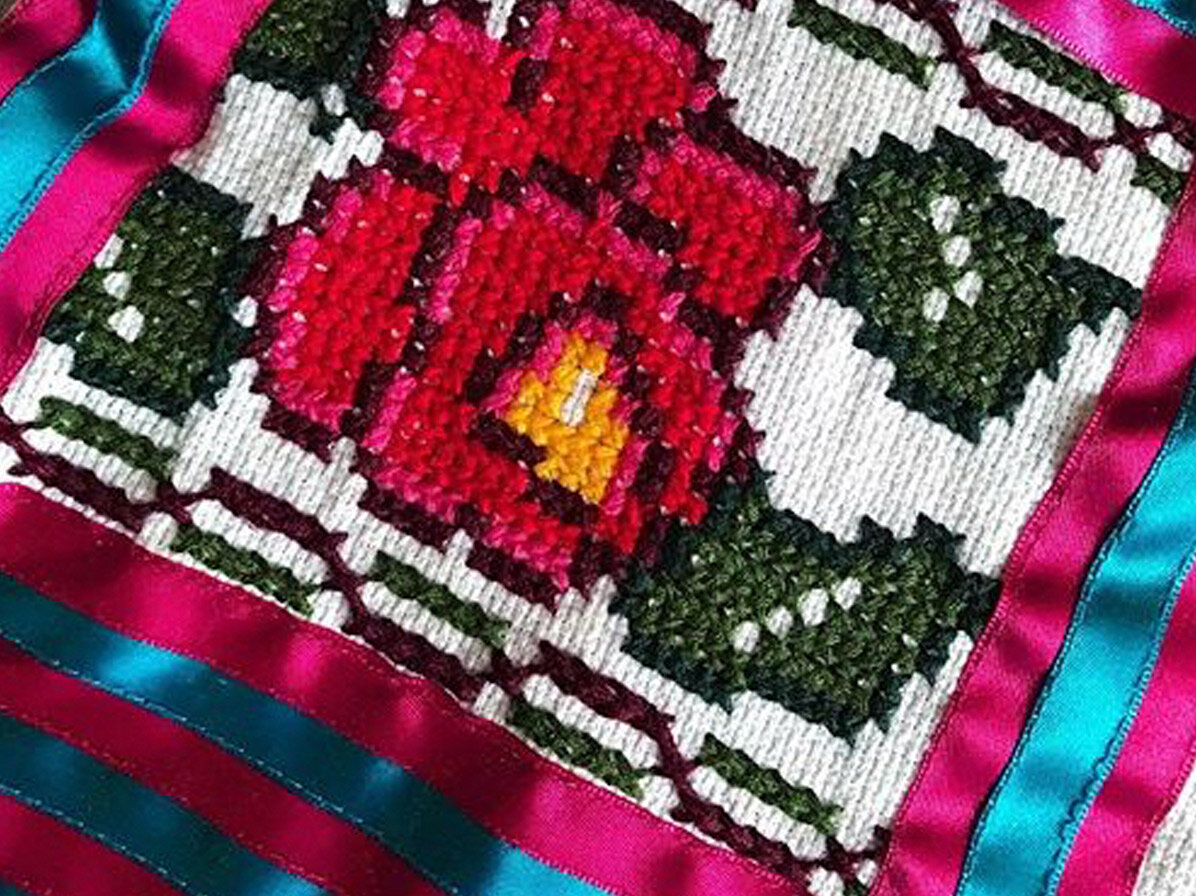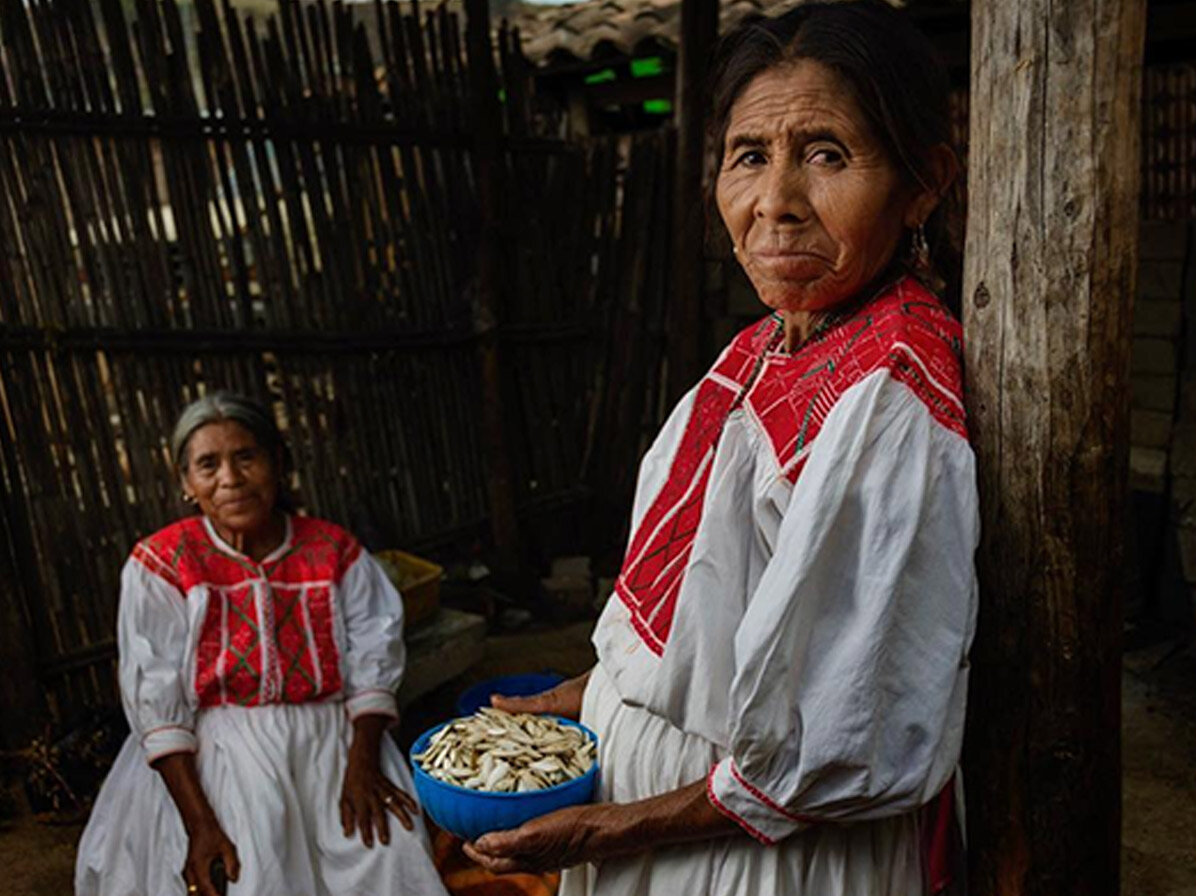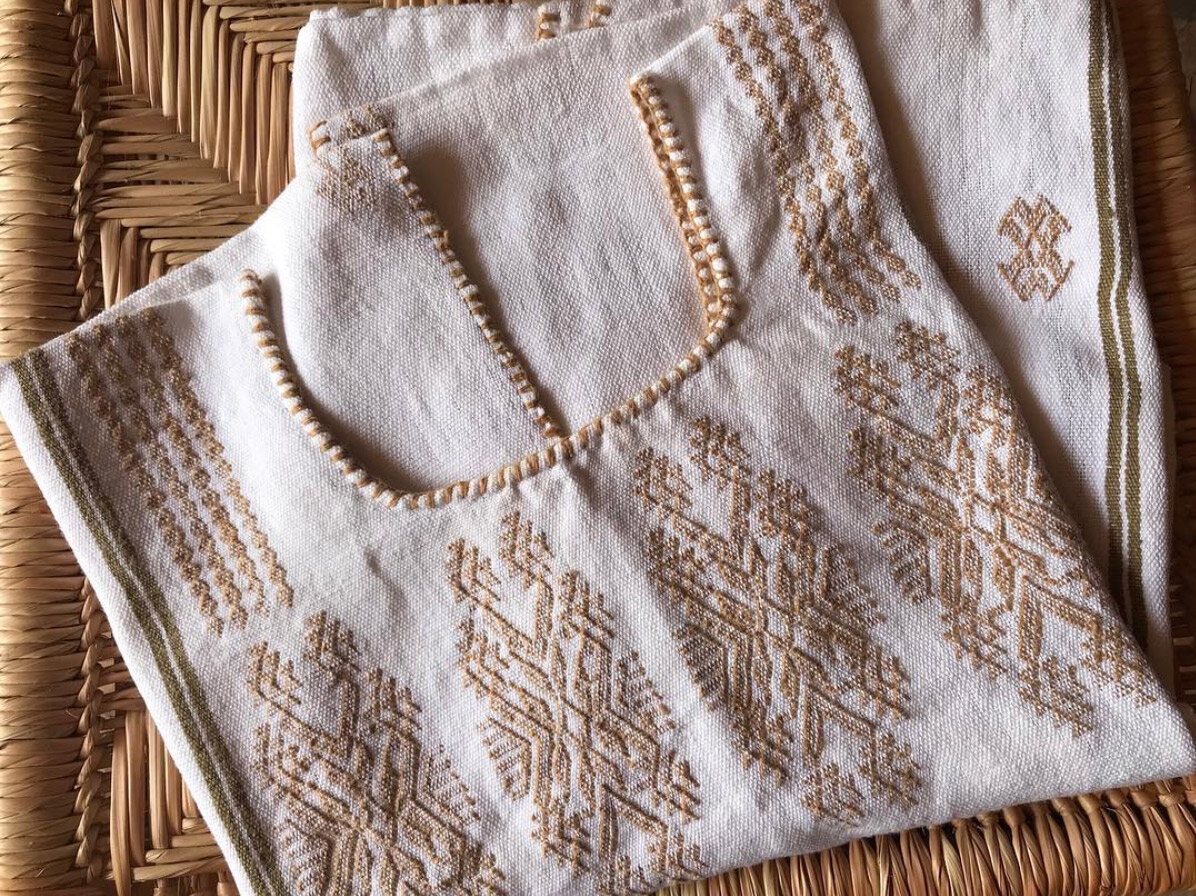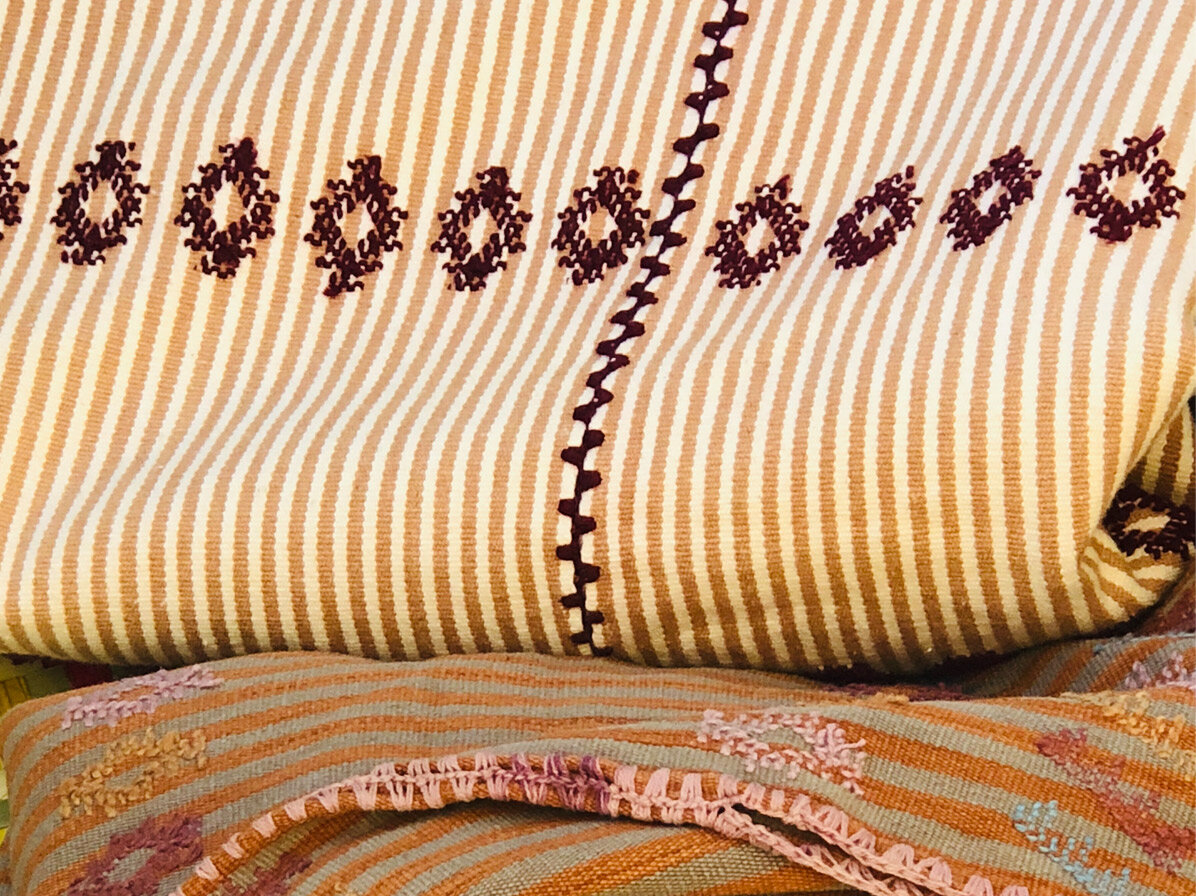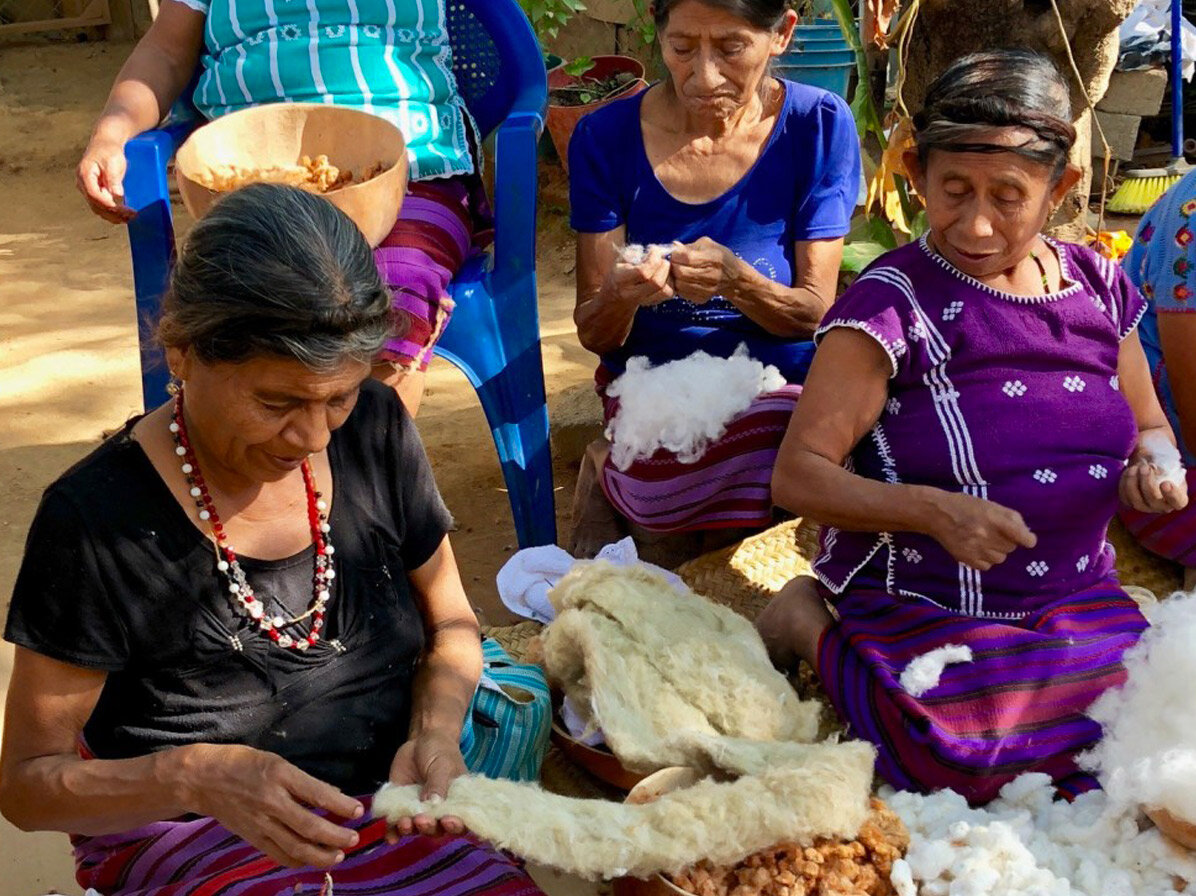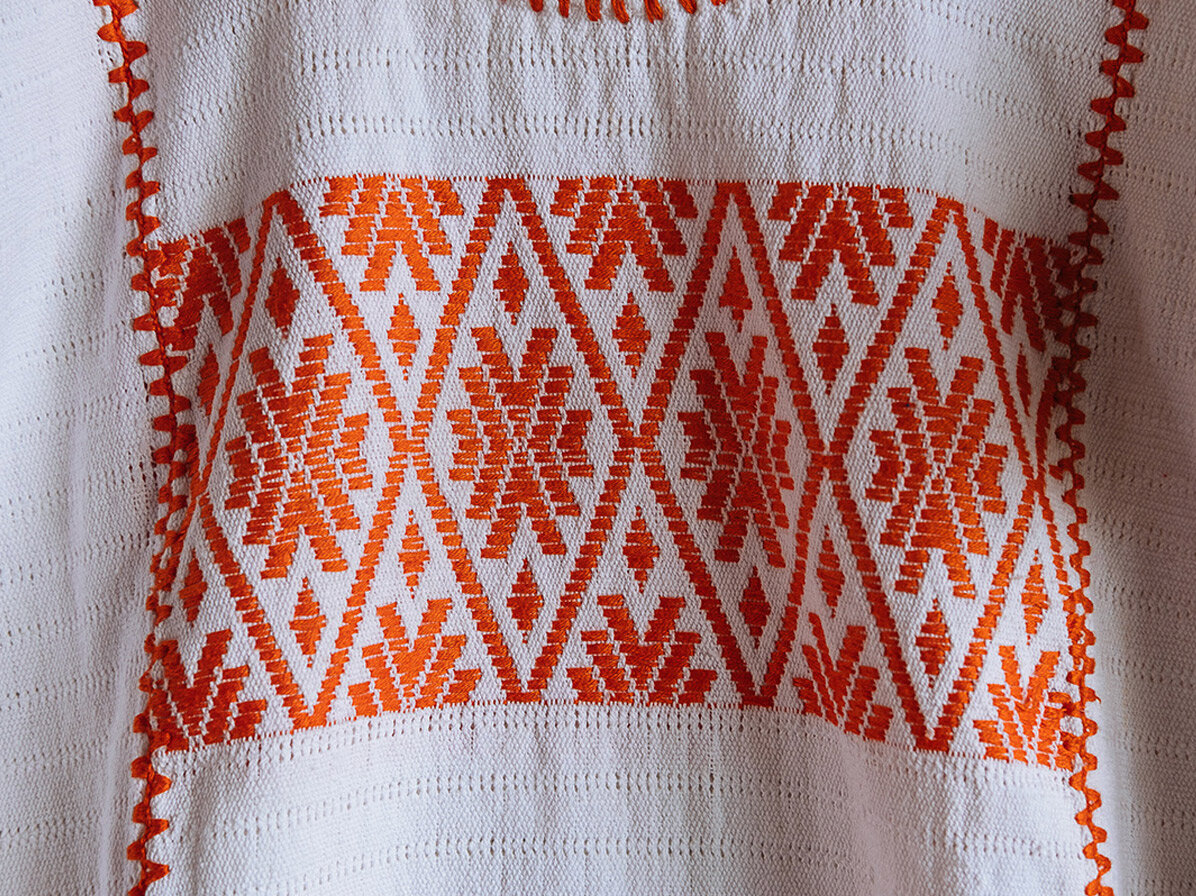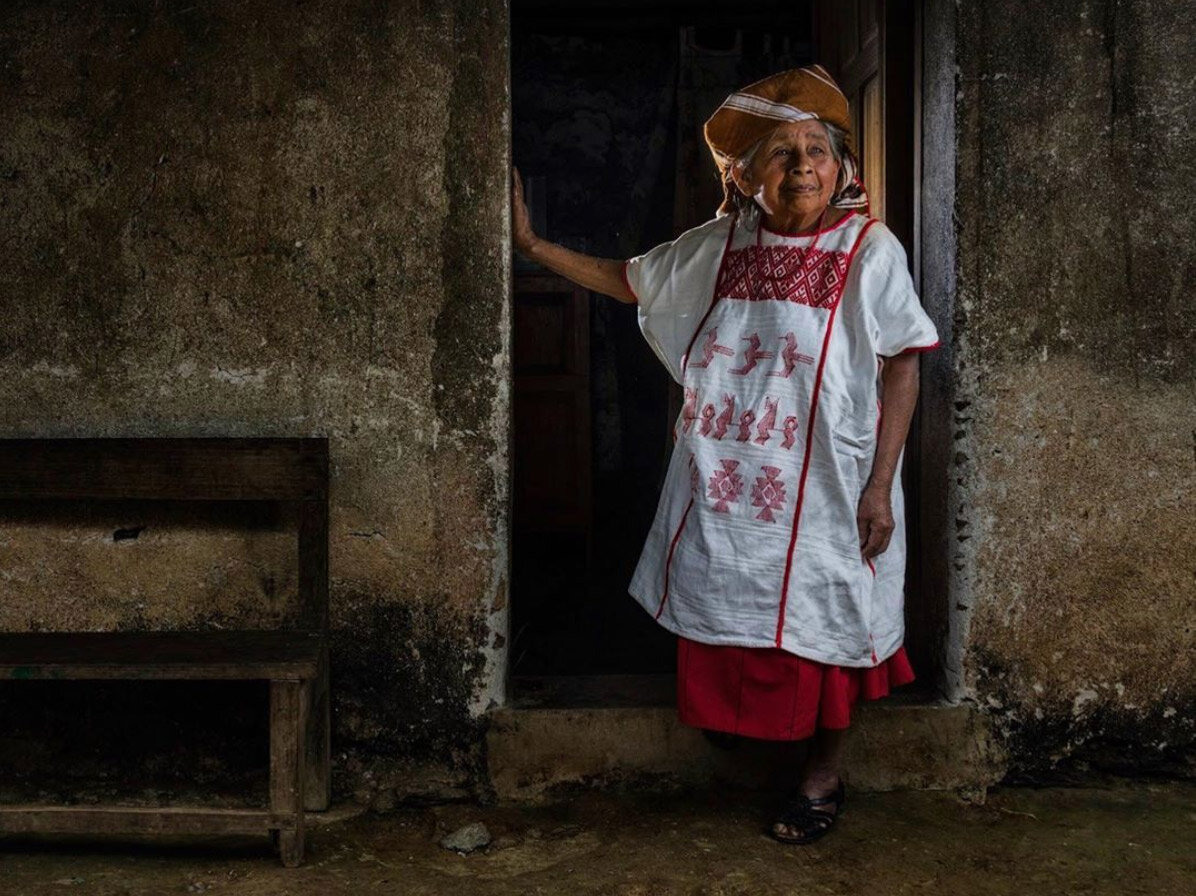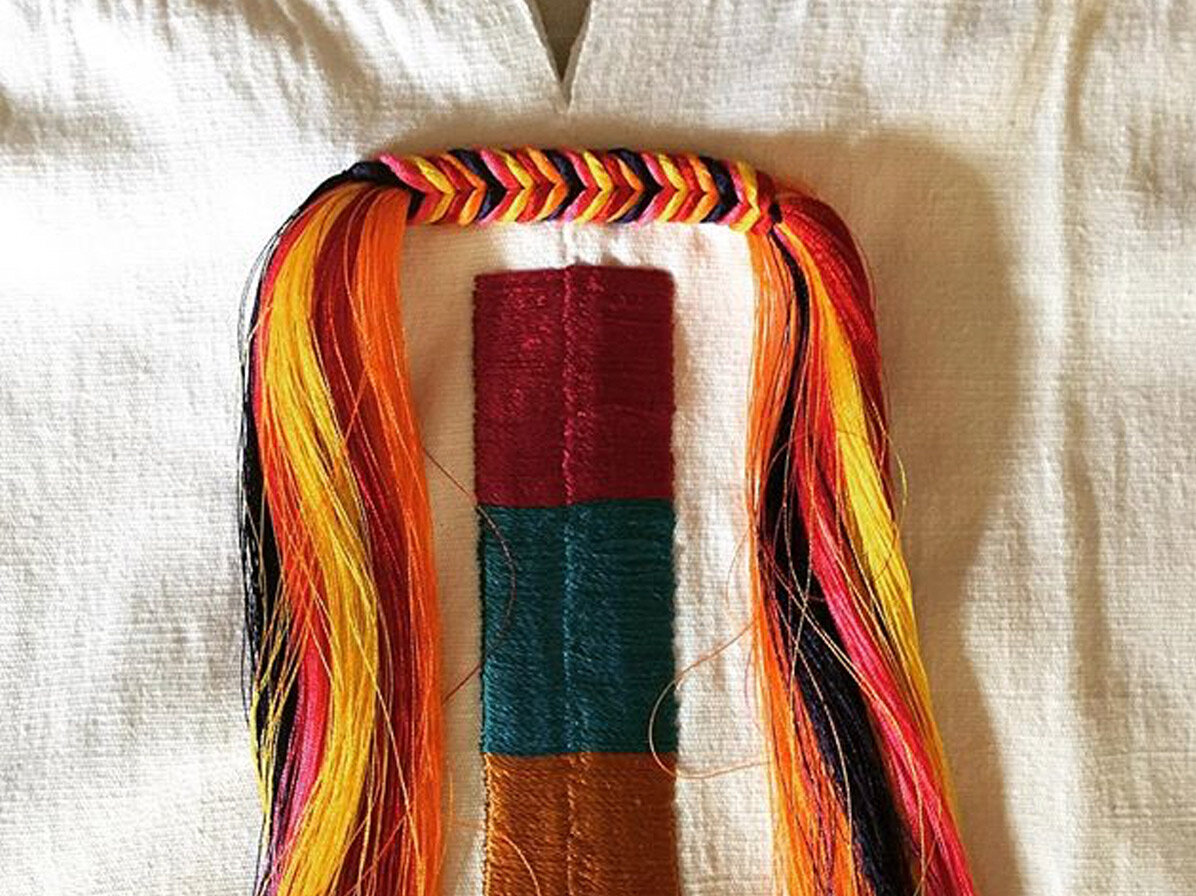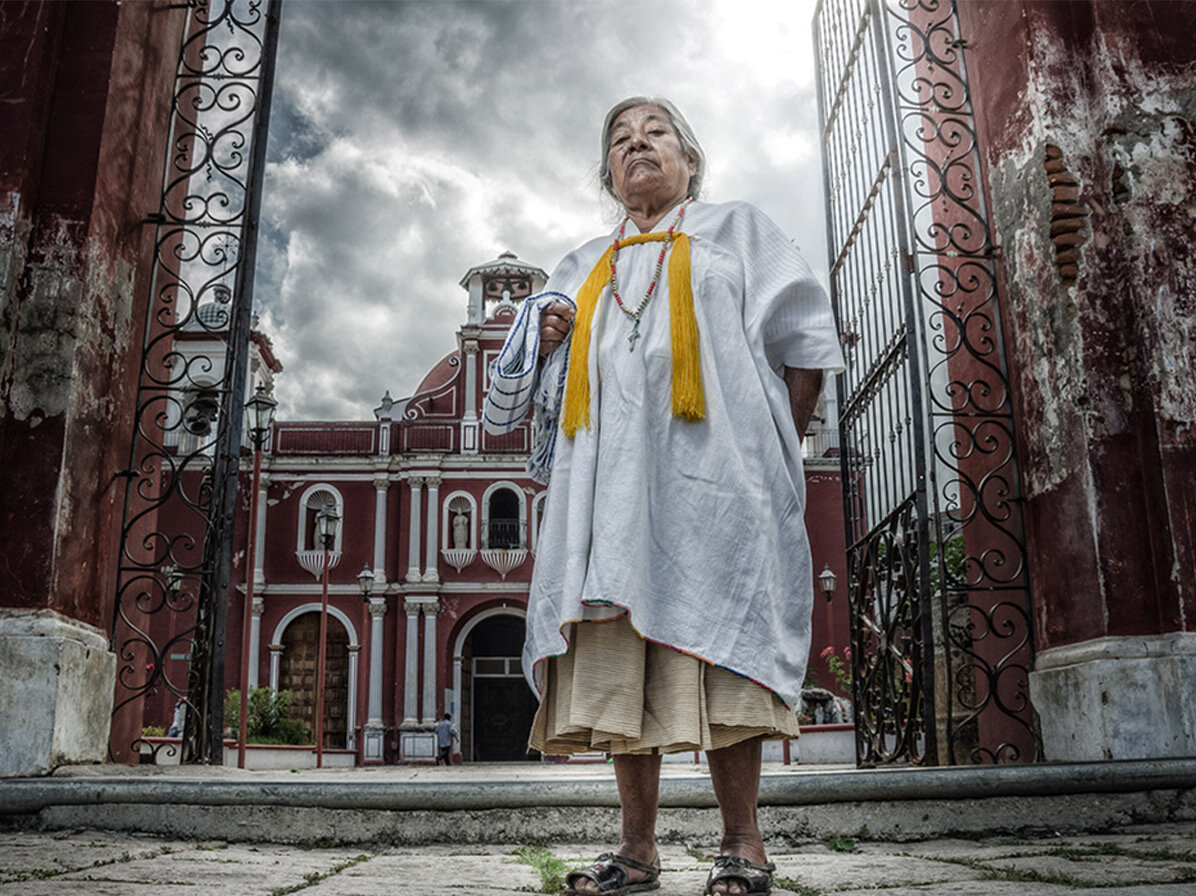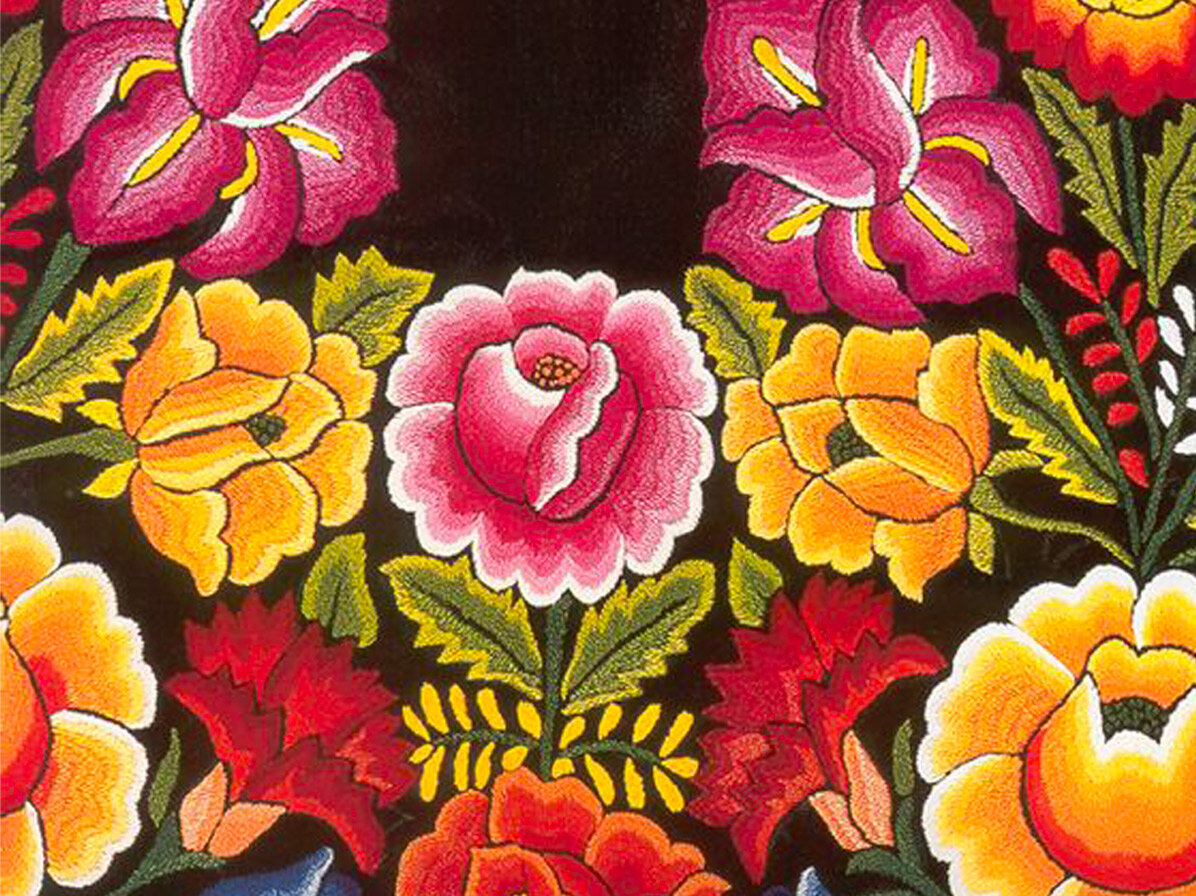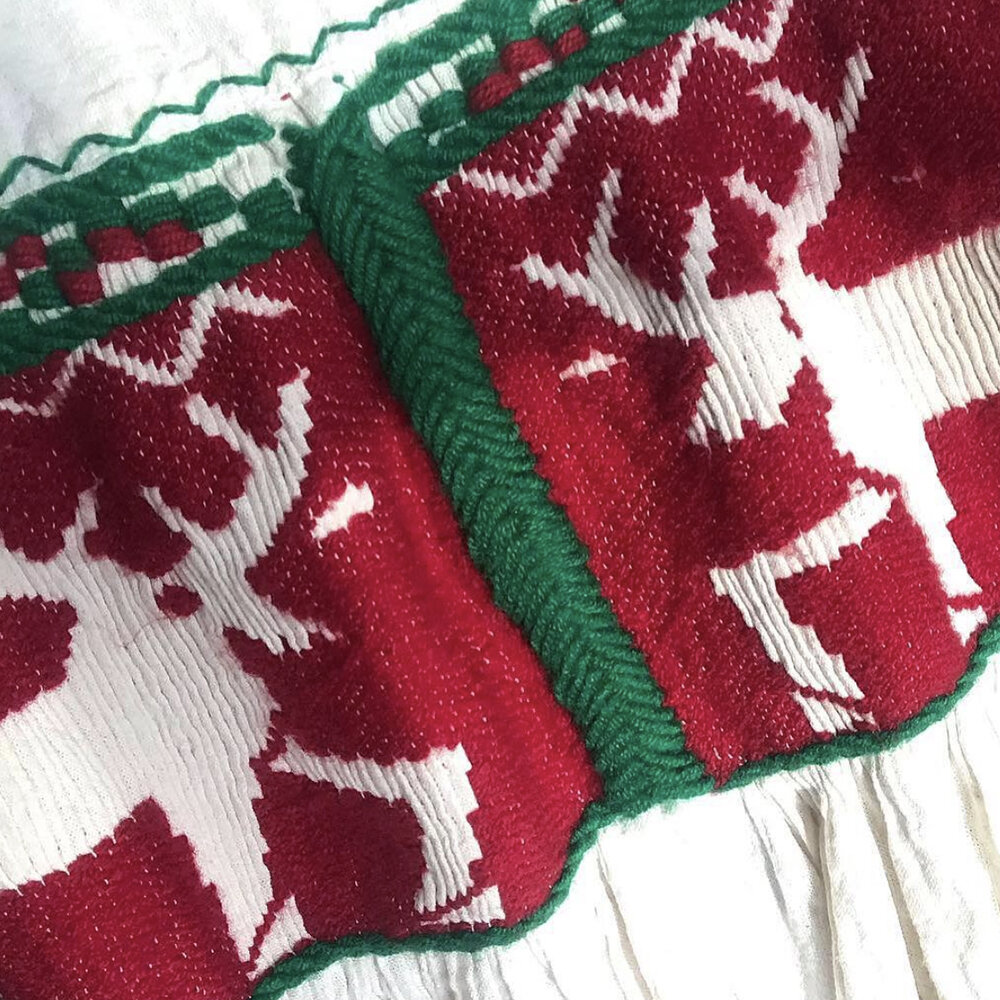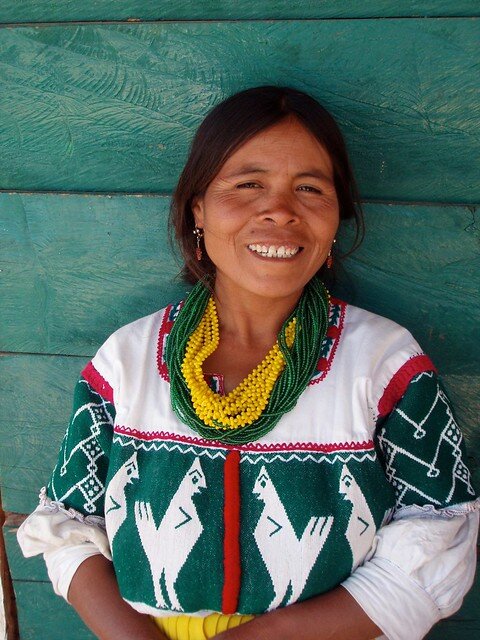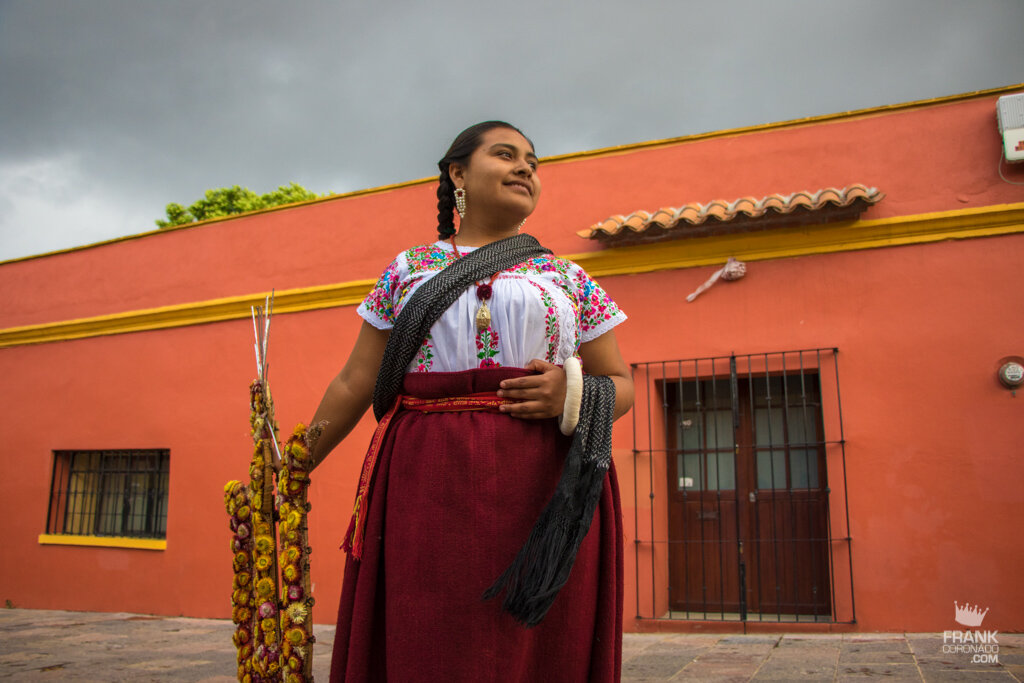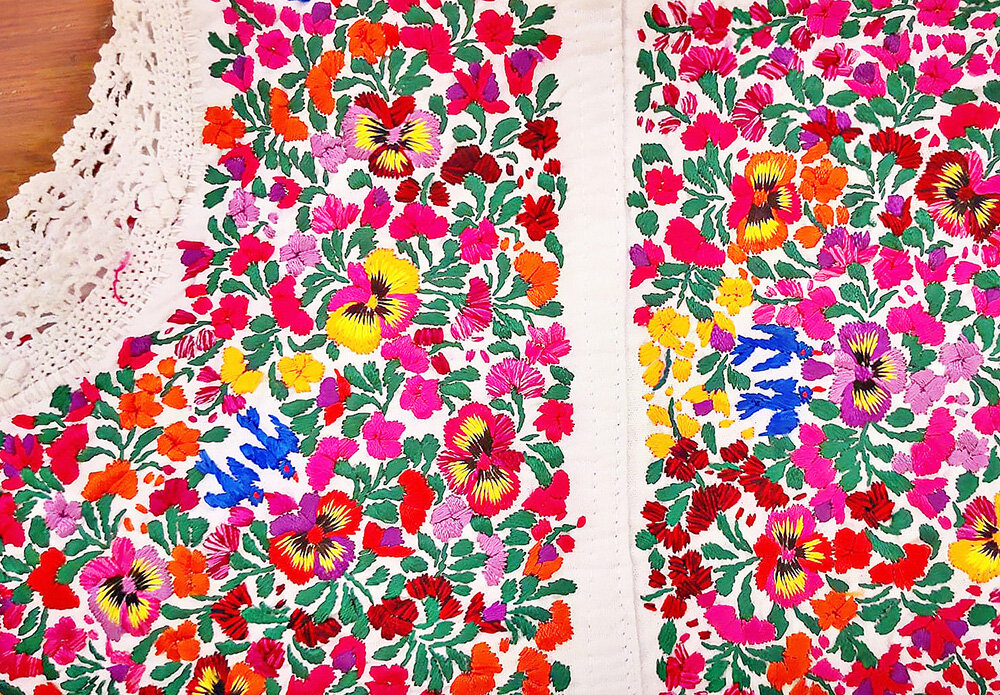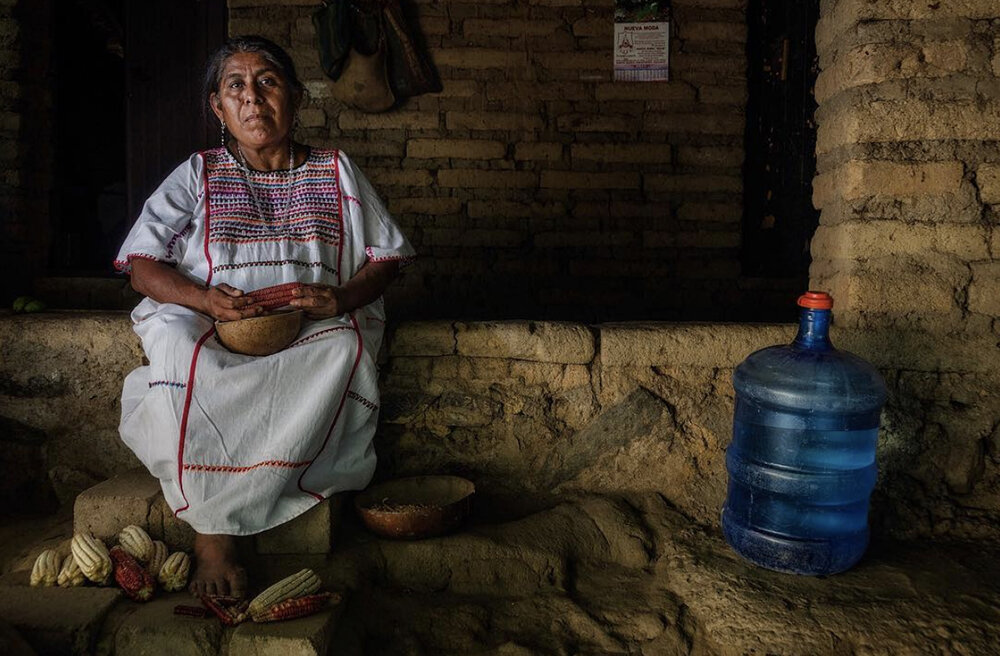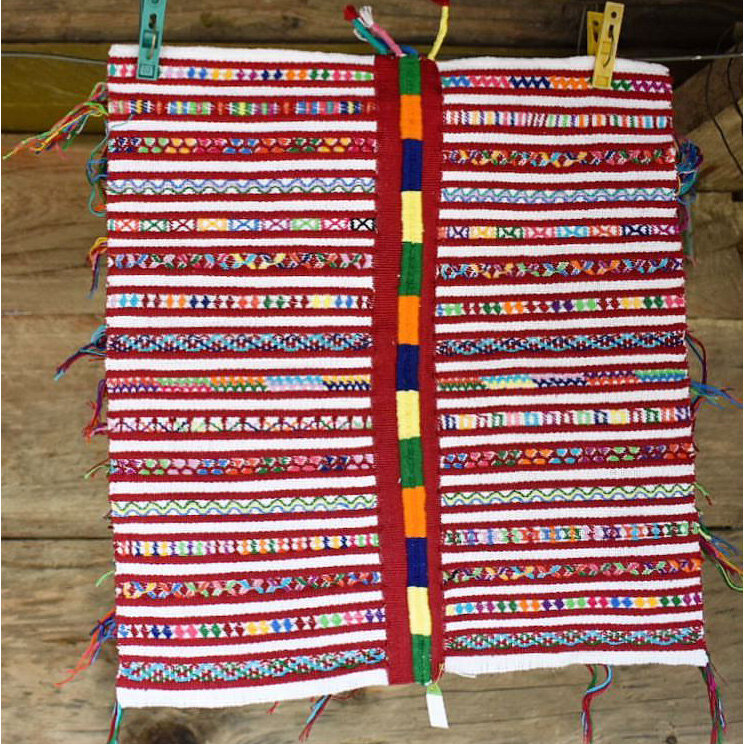Textiles of Oaxaca
A Beginners Guide
Like the region itself, the textiles of Oaxaca are breathtakingly beautiful and diverse. Beyond the surface beauty of these textiles lies an invisible thread connecting the maker to their ancestors and to their culture. Each community has its own unique style which reflects the collective history, beliefs, myths and agriculture. The textiles that they weave and wear are a way of communicating who they are providing them with a strong sense of belonging and pride.
In admiration of the diverse textiles from across Oaxaca, we’ve compiled a beginners guide to the different styles from across the state.
Santa Maria Tlahuitoltepec
Perched high on a mountain-side, the community of Tlahuitoltepec produces unique embroidery traditionally of black and red thread on manta (calico). Originally laboriously hand-embroidered, however with the introduction of modern sewing machines, most embroidery is now machine made. Symbology includes maguey, the Sun, mountains and flowers. You may recognise the design due to controversy over Isabel Marant’s cultural appropriation.
Huautla de Jiménez
Pink and blue ribbon stripes combined with cross-stitched iconography representing Spring, including various flora and avery. The pink represents flora and the blue represents the sky. Such joyful pieces.
San Vicente Coatlan
Inspired by cross-stitch samplers popular in the 19th century, the technique has been reinterpreted with brightly coloured Chenteño (geometric) designs. Often applied to “manta”/calico.
The embellished blouses are worn together with a plain full-circle skirt.
San Pedro Amuzgo
The community of Amuzgo has given themselves the name “Tzjon non” which translates to “people of the textiles.”
Due to the warm climate of the region, these weavings are light-weight with a slightly open weave.
Woven using the backstrap loom, the icons are woven into the fabric using a brocade technique. Icons represent the local flora and fauna.
San Juan Colorado
Due to the heat and humidity of this region, the women traditionally only wear a pozahuancos (wrap skirt) of brilliant purple-dyed using now endangered sea snail juice. The huipiles they weave are mostly for commercial sale.
Employing the backstrap weaving process, huipiles are decorated with figures against a plain or stripe weave.
San Juan Cotzocon
A loose cotton weave crafted from the backstrap loom, distinguished by a central rectangle of coloured pattern and several rows of figures below.
There are around sixty different patterns representing people, animals, nature (mountains, flora) and the universe (stars).
Villa Hidalgo Yalalag
The women of Yalalag are distinguished by their white hupil adorned front and back with a long braided tassel and for special occasions - colourful floral embroidery. Traditionally worn with an underskirt, black head wrap (impeller) and silver cross. The legend associated with the dress of this region is that the Spaniards knocked down the towns sacred copal tree from which a woman dressed in white rose with colourful snakes surrounding her.
Istmo de Tehuantepec
No doubt the most well-known textile region of Oaxaca thanks to Mexican artist Frida Kahlo and her love of the traditional style. The locals are fiercely proud of their traditional “traje”.
Traditionally embroidered on velvet or satin, using brightly coloured threads and lined with industrial pattern cotton. These pieces are so joyful.
San Pablo Tijaltepec
As the town is difficult to access, these pieces are unique and hard to come by.
Blouses of calico are embroidered with the pick-up weave and gathered pleats technique known as “pepenado fruncido”. The collar is embroidered with floral motifs, the chest with iconography of animals, most often deer.
The blouse is completely hand sewn and can take up to one and a half months to make.
San Antonino Castillo Velasco
The intricate floral embroidery is first marked out on the cotton poplin. Each blouse takes around five to seven days to complete and is often worked on in the in-between hours of daily duties.
Mitla has a similar-looking embroidery style.
Santa Maria Zacatepec
Combining both the weaving of the backstrap loom and embroidery. Classically the white base is woven with two bold vertical stripes. The chest is hand embroidered with rows of tiny animal motifs including scorpions, birds, horses and dogs. The edges of the huipil are hand-stitched together with red thread using a blanket stitch.
San Andres Chicahuaxtla
It takes approximately 7 - 12 months to weave a full-length ceremonial huipil from Chicahuaxtla. Long and short versions are worn, both made up of three pieces, woven separately using the backstrap loom and hand-embroidered together.
The head of the woman wearing the huipil represents the sun. The ribbons around the neck are its rays, the bar of lines across the chest symbolises the rainbow, the red stripes represent the caterpillar worm and the figures between them are the butterflies. At the height of the chest and back is the mother butterfly figure. This garment retains a blank space in the front that is the end of the butterfly's life cycle. (translated from Viernes Tradicional)




